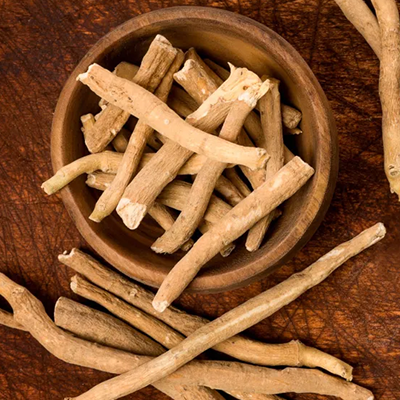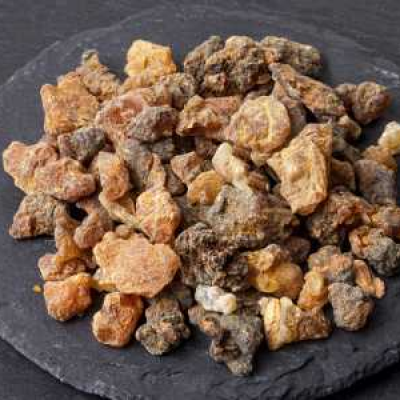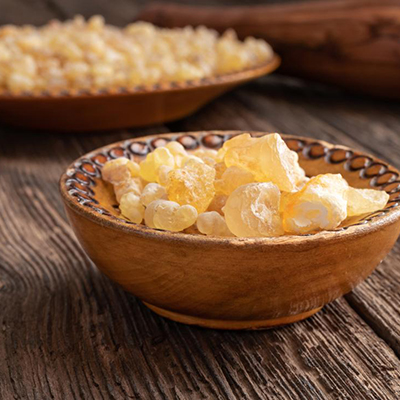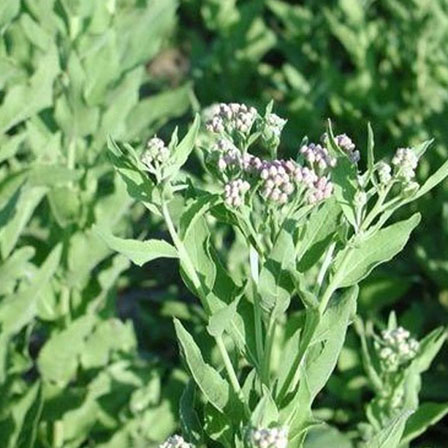Osteoarthritis (OA) is a chronic degenerative joint disorder that primarily affects the cartilage, the protective tissue covering the ends of bones in a joint. It leads to pain, stiffness, and decreased mobility. Osteoarthritis is the most common form of arthritis, particularly prevalent in older individuals.
Causative factors of Osteoarthritis
- Aging: Cartilage wears down over time, leading to reduced cushioning.
- Joint Injury: Previous trauma or overuse increases the risk.
- Genetics: Family history of osteoarthritis may predispose individuals.
- Obesity: Increased body weight puts extra strain on weight-bearing joints like knees and hips.
- Repetitive Stress: Occupational or sports activities that involve repetitive joint motion.
- Inflammation: Persistent low-grade inflammation may contribute to joint degeneration.
- Weak Muscles: Insufficient muscle support around joints can lead to misalignment and increased stress.
Symptoms of Osteoarthritis
- Pain: Worsens with activity and improves with rest.
- Stiffness: Most noticeable after periods of inactivity, especially in the morning.
- Swelling: Due to inflammation and joint fluid accumulation.
- Reduced Range of Motion: Difficulty in bending or straightening the joint.
- Crepitus: A grating or crackling sound during joint movement.
- Joint Deformity: In advanced stages, joints may appear misshapen.
Types of Osteoarthritis
- Primary Osteoarthritis: Related to aging and general wear and tear.
- Secondary Osteoarthritis: Results from an underlying condition such as joint injury, obesity, or another disease (e.g., rheumatoid arthritis).
Diagnosis of Osteoarthritis
Clinical Examination
Assessing joint pain, swelling, stiffness, and range of motion.
Imaging Tests
- X-rays: To detect cartilage loss, bone spurs, and joint space narrowing.
- MRI: Provides detailed images of cartilage and other joint structures.
Laboratory Tests
- Blood tests to rule out other types of arthritis (e.g., rheumatoid arthritis).
- Joint fluid analysis to exclude infection or gout.
Complications of Osteoarthritis
- Severe Pain: Can affect daily activities and quality of life.
- Joint Instability: Weakening of muscles and ligaments around the joint.
- Loss of Mobility: Advanced cases may require assistive devices or surgery.
- Emotional Impact: Chronic pain and reduced mobility can lead to anxiety or depression.
- Bone Spurs: Overgrowth of bone at joint margins.
Ayurvedic Perspective on Osteoarthritis
In Ayurveda, osteoarthritis is correlated with Sandhivata, which occurs due to an imbalance of Vata dosha. It is seen as a result of the natural aging process, improper diet, lifestyle, and lack of joint lubrication (Shleshaka Kapha).
Pathophysiology
- Increased Vata dosha leads to dryness and degeneration of joints, causing pain, stiffness, and restricted movement
Ayurvedic Treatment for Osteoarthritis
Panchakarma (Detoxification)
- Abhyanga (Oil Massage): Application of medicated oils like Mahanarayana taila to improve joint flexibility and reduce pain.
- Swedana (Fomentation): Steam therapy to alleviate stiffness.
- Basti (Medicated Enema): Helps balance Vata dosha and improve lubrication of joints.
- Janu Basti: A specialized treatment for knee osteoarthritis where warm medicated oil is retained on the knee joint.
- External Applications: Lepas (Herbal Pastes): Application of Dashanga Lepa or Nirgundi Lepa on affected joints to reduce pain and inflammation.
Dietary Recommendations
- Consume Vata-pacifying foods like warm, cooked meals, ghee, and milk.
- Avoid cold, dry, and processed foods.
- Include anti-inflammatory spices like turmeric and ginger.
Lifestyle Modifications
- Maintain moderate physical activity, avoiding high-impact exercises.
- Yoga poses like Vrikshasana and Tadasana help improve joint stability.
Herbal Remedies
Ashwagandha (Withania somnifera)
Reduces inflammation and strengthens joints.
Guggulu (Commiphora mukul)
Promotes joint health and reduces pain.
Shallaki (Boswellia serrata)
Known for its anti-inflammatory properties.
Rasna (Pluchea lanceolata)
Relieves pain and improves mobility.
Rasayana Therapy
Use of rejuvenating formulations like Chyawanprash or Shatavari to strengthen bones and tissues.
Osteoarthritis is a progressive condition that requires a multifaceted approach for management. While modern medicine focuses on symptomatic relief through pain management, physical therapy, and surgery in severe cases, Ayurveda emphasizes root cause treatment, lifestyle modifications, and natural therapies to restore balance and promote long-term joint health. Integrating both approaches can provide the best outcomes for patients.







